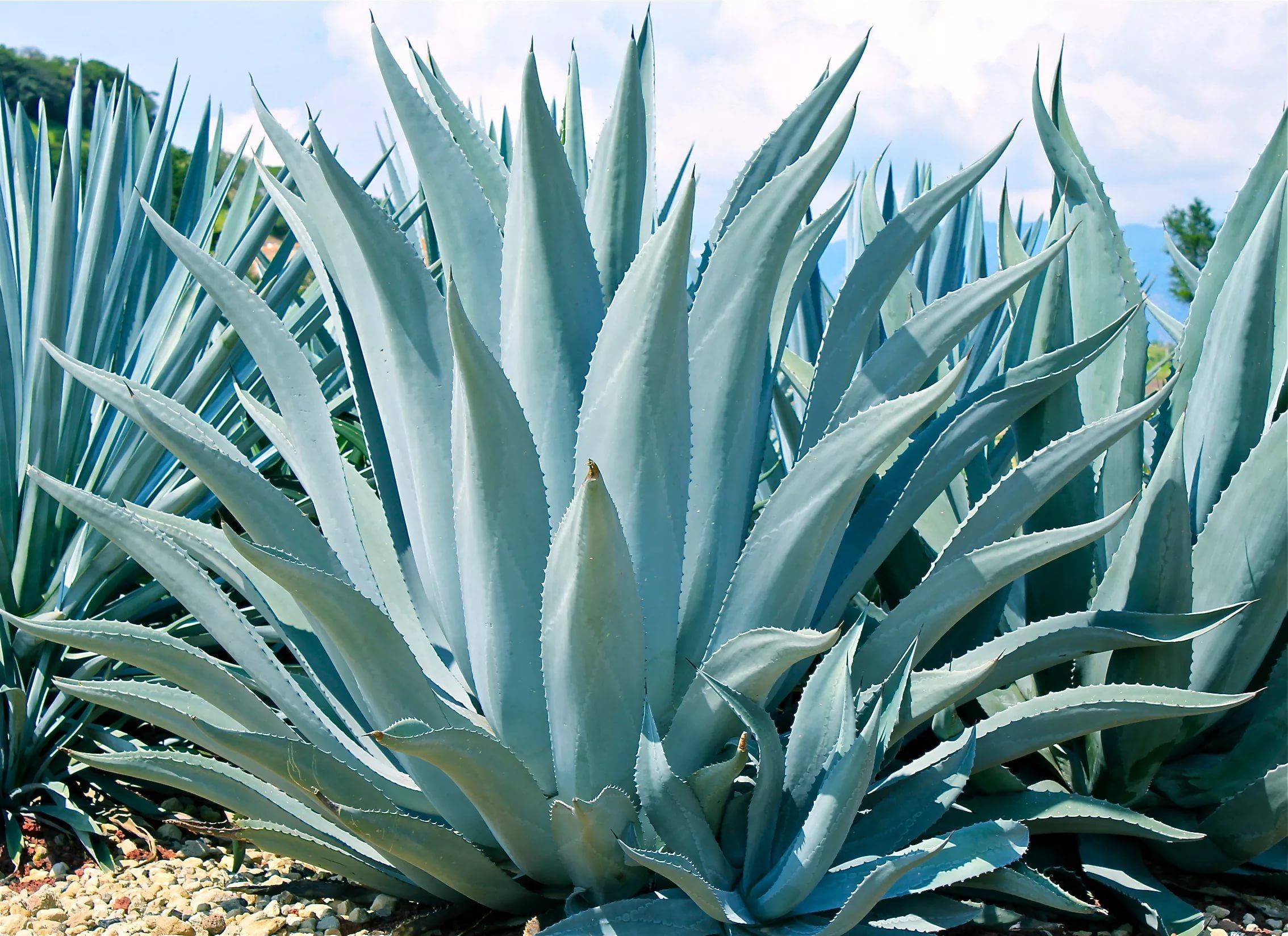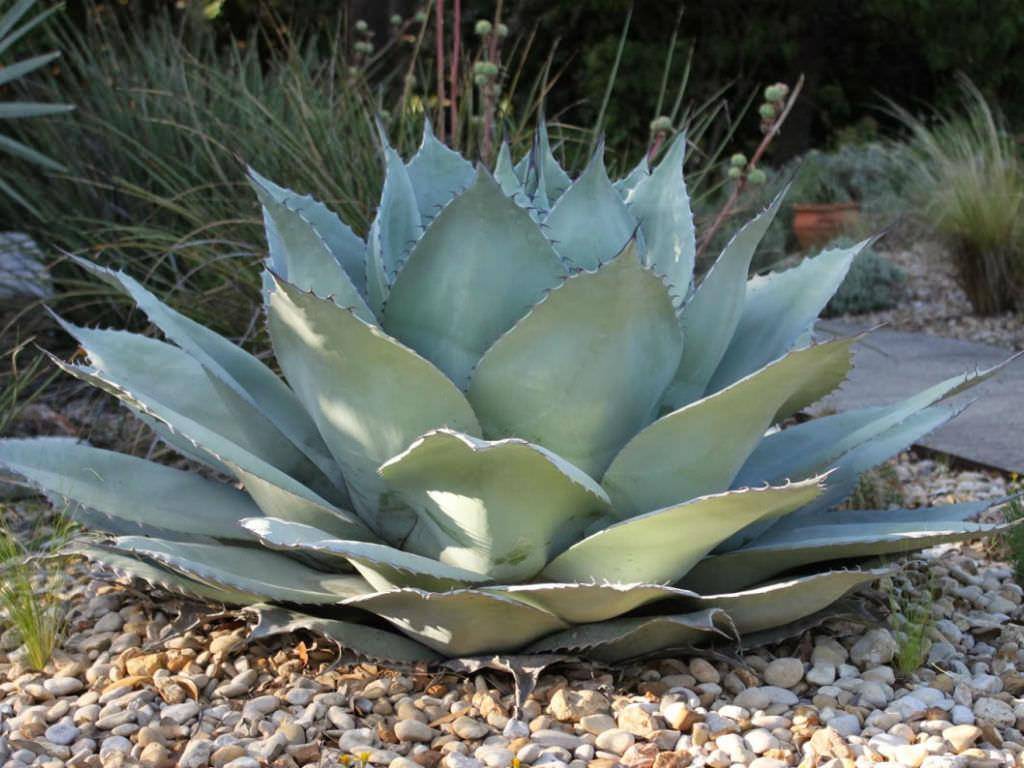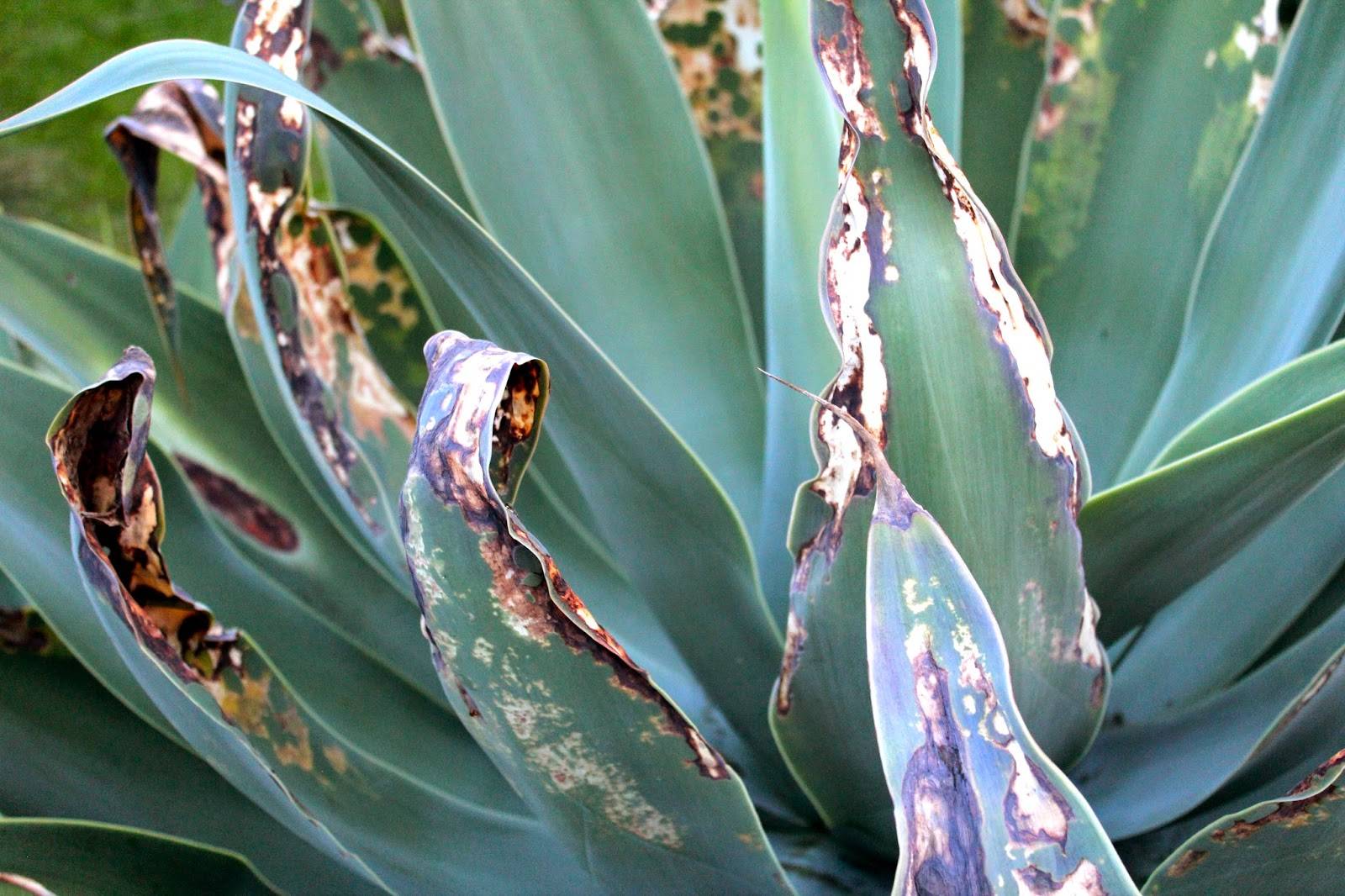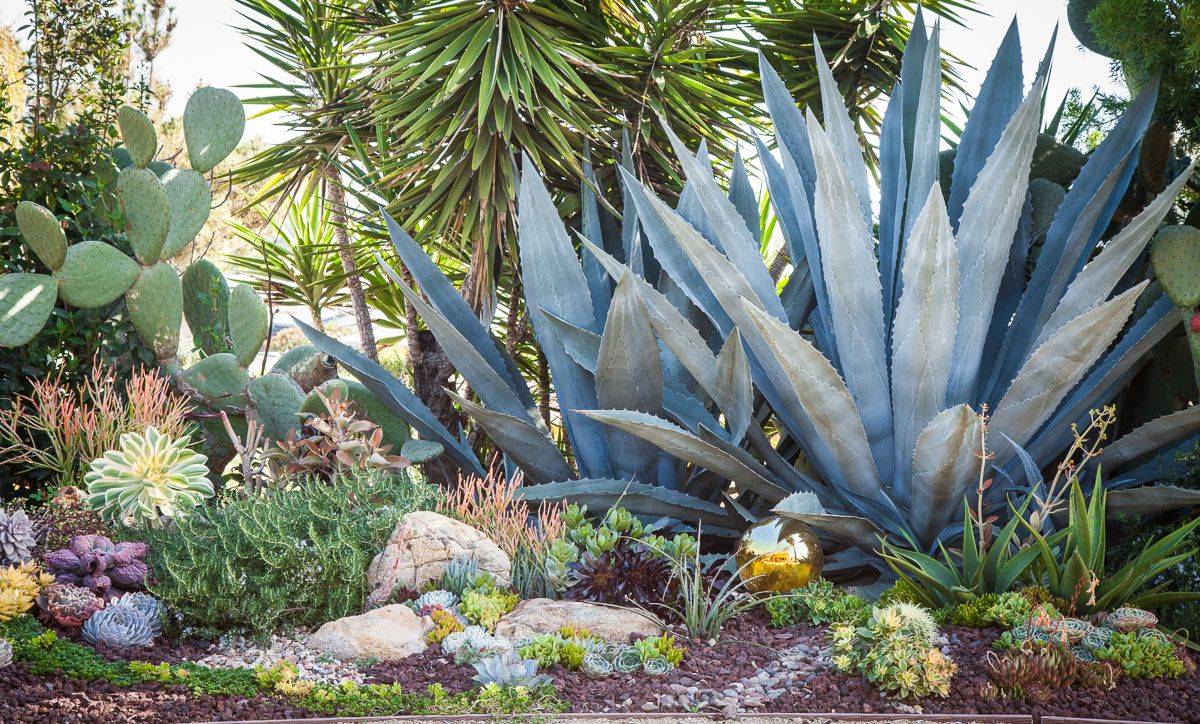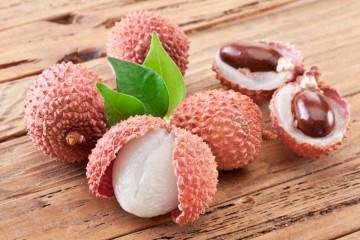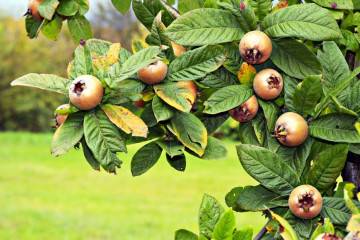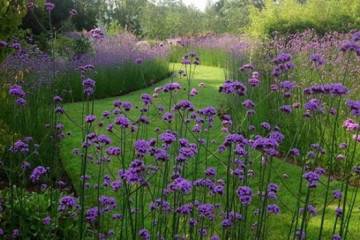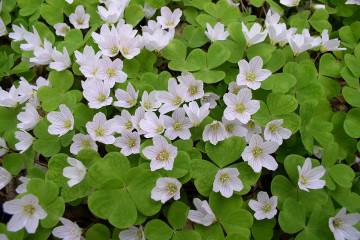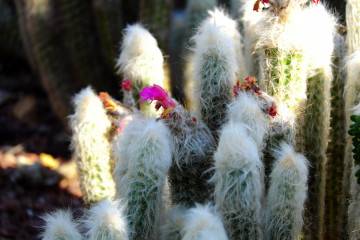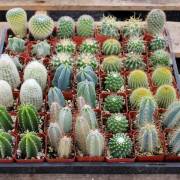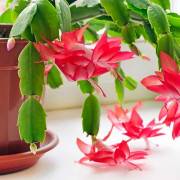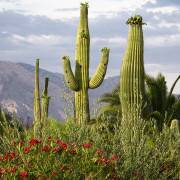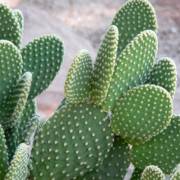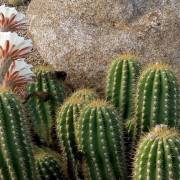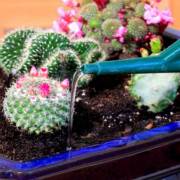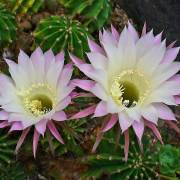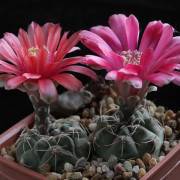Blue agave - what is it
Content:
In the tropical regions of Mexico, you can find a unique plant whose appearance resembles an aloe. Its name is blue agave. Belongs to large monocotyledonous varieties of the asparagus family. The plant is the national pride of the country for local residents. The blue agave got its name because of its characteristic bluish shade.
Blue agave is a cactus or not
Having seen this plant, many are wondering: the cactus is an agave or not. Outwardly, it looks more like aloe, but does not belong to the type of cactus. The main differences between these two plants are as follows:
- agave has leaves, but cacti lack them;
- in agave, thorns are present only at the tip of the leaf, and cacti are completely covered with them.
When asked whether an agave is a cactus or not, the answer is unambiguous: it is not considered a cactus.
As for aloe, agave differs primarily in that it does not have a stem, the leaves of the plant are less dense and leathery.
Thus, agave is neither aloe nor cactus. Another significant difference between these plants is that agave belongs to the asparagus family, cactus - cactus, and aloe - asphodelic.
Short description
For Russians, the question of what it is - blue agave is very relevant, since it is rare in our country. This plant grows in the west and east of Mexico at an altitude of more than 1500 meters above sea level. It prefers to grow in dry tropical climates on red earth soil with a high sand content.
Wild differs from the domestic variety in characteristics. Wild agave, like domestic agave, begins its life cycle with intensive growth. Upon reaching the age of five, a shoot appears on the wild variety, the length of which is 5 meters with an inflorescence of yellow flowers. Subsequently, seeds appear in its place, and the wild plant dies off.
Agave leaves are often rosette at the root and look fleshy in appearance. They are very hard and large and can vary in width. The color of the leaves can be different. Currently, there are over 300 species of agave. They differ in the shape of the leaves and their shades.
The most common are:
- Agave yellow;
- Tequila;
- American;
- Striped;
- Compressed.
It blooms in natural conditions once every 10-15 years, after which it dies.
Using blue agave
Studies have shown that blue agave contains trace elements and compounds that significantly increase the effectiveness of medicines used to treat colitis and Crohn's disease.
In addition, the flower perfectly helps to cope with the following pathologies:
- diseases of the gastrointestinal tract;
- diseases of the respiratory system;
- skin problems;
- burns and frostbite;
- diseases of the urinary system;
- inflammatory pathologies;
- diseases of the spine and joints;
- headache and toothache;
- sexually transmitted diseases;
- overweight problems.
The plant has a number of valuable properties.With the help of it, the nervous system is strengthened, excess fluid is removed from the tissues, and digestion is also improved.
As for the domesticated variety, it is rarely used as a home plant, since it is distinguished by its significant size.
Blue agave is a type of agave that is widely used to make an alcoholic beverage called tequila. Many people know a moisturizing mask with this plant, as well as the addition of various fruits to it, which are used in cosmetology. With its help, the tone and elasticity of the skin increases.
Home care
Not everyone knows that blue agave is completely capricious. Even a novice florist can cope with this plant. All it takes for agava blue is to create certain conditions. If everything is done correctly, the flower will delight you with beauty and health.
Illumination and temperature conditions
Proper lighting is very important for a flower. Under natural conditions, it grows on open plantations under the open sun, therefore, the conditions must be approximated.
Light-loving agave is recommended to be planted on the south side, where the sun's rays are most abundant. In winter, plants are recommended to be systematically pampered with artificial light or phyto-tape.
For good growth and development, agave should be provided with temperatures ranging from 22 to 28 degrees. The flower can withstand higher rates. The plant loves fresh wind, therefore, when growing it at home, it is recommended to take it out into the air. In winter, it is recommended to maintain the temperature at 18 degrees.
Watering rules and humidity
Watering the agave is not often necessary, but abundant. In summer, one watering per week is enough, and in winter the amount is reduced to once a month. You do not need to spray the plant.
Top dressing and soil quality
The flower has no special requirements for the soil. Stony and sandy lands are suitable for cultivation. The best option is dry soil with excellent drainage and a significant amount of sand.
It is recommended to feed agave during the period of active growth. This should be done in late spring and summer. In this case, excessive feeding should be avoided. The remedy for this is best purchased in specialty stores, which are intended for succulents.
Perennial flowering and dormant period
Blue aga va blooms at the age of 10 to 20 years. This process is very peculiar. First, the plant has a peduncle within a month, the length of which reaches ten meters. Since the flower gives all its strength to the flowering and ripening of seeds, then after that it dies.
Propagation of Mexican agave
There are several ways to propagate Mexican agave.
Seeds
In its life, the plant gives seeds only once, after which the flower dies. Planting material is sown at the end of winter, as soon as the air temperature warms up to +22 degrees. The seeds are placed in the ground and covered with polyethylene. The first shoots appear after a week. As soon as five leaves appear on the seedlings, they dive into separate pots.
Children
If the seeds cannot be found and germinated, then the plant can be grown with the help of children or lateral offspring.To do this, young plants are separated from the mother plant using a sharp knife. Then they are dried for several hours and planted in the ground. The most optimal time for this is May-July.
Sheet
If the leaf is rooted, then you can use this method for reproduction. The presence of roots is a necessary and important condition. A plant can take root in water.
Peduncle
As soon as a small peduncle forms on the plant at the beginning of flowering, it can be separated and used as propagation material. Thus, it is possible not only to multiply the flower, but also to save the mother plant.
Growing problems, diseases and pests
Despite the fact that blue agave has good immunity, some pests can quickly kill the plant. That is why, when even minor signs appear, it is recommended to immediately process the flower with special or folk remedies.
Most often, during cultivation, growers may encounter problems such as damage from scutes or thrips. If there are few pests, then you can remove them with a cotton swab dipped in alcohol, and then wipe the leaves with a mixture of water, garlic and soap. If there are a lot of pests, then in this case the problem can be solved only with the help of such drugs as Intavir, Actellik or Karbofos.
Often, the plant is faced with bacterial and fungal infections. As a result of such problems, the root system begins to rot, as well as the base of the stem.
Blue agave is an ornamental and rather unpretentious plant. In order for it to look beautiful and develop correctly, it is enough to provide it with the necessary conditions for existence, which should be close to wild.
Growing a flower at home, it can be effectively combined with lilies, palms, saintpaulias and other plants, creating beautiful compositions.
